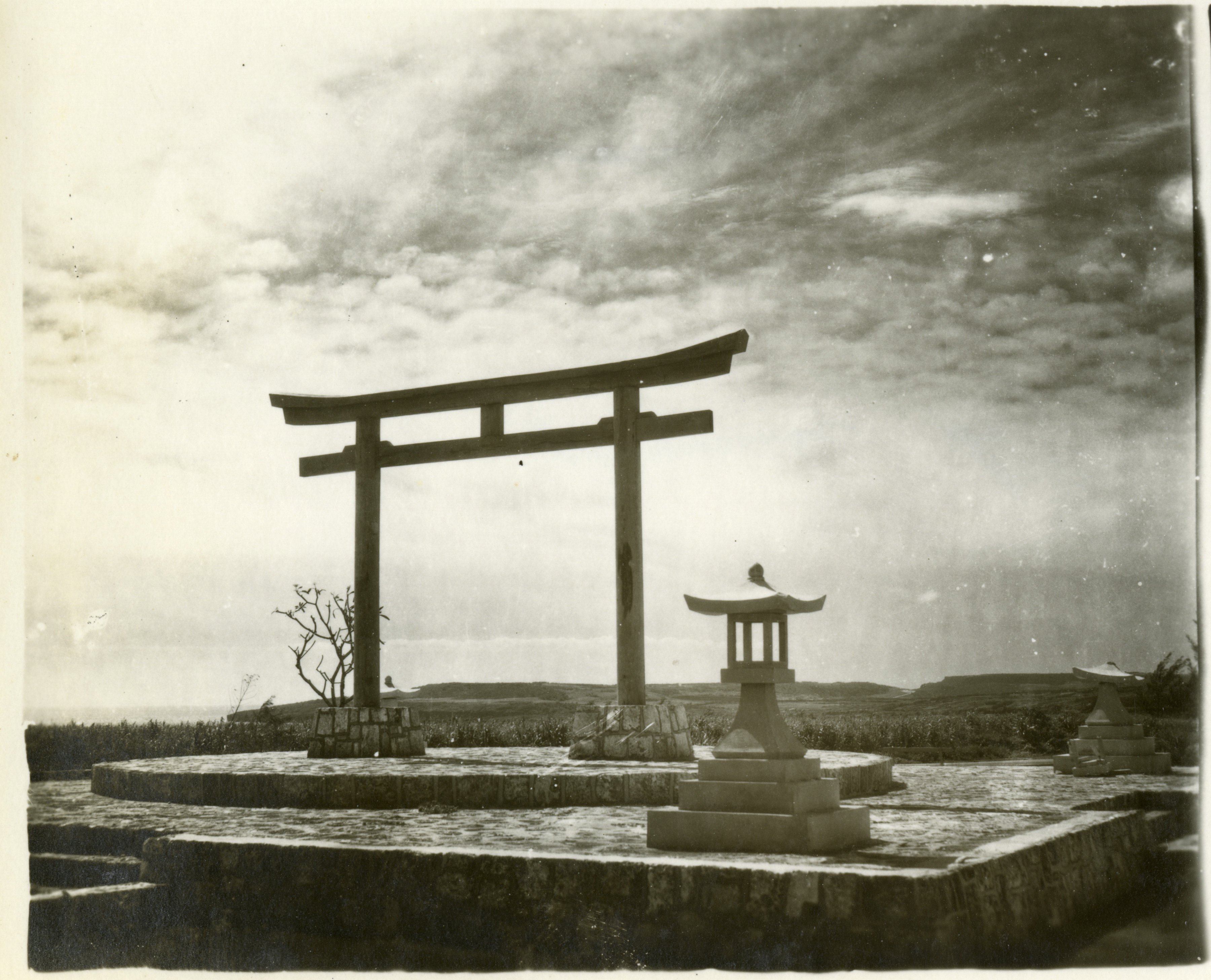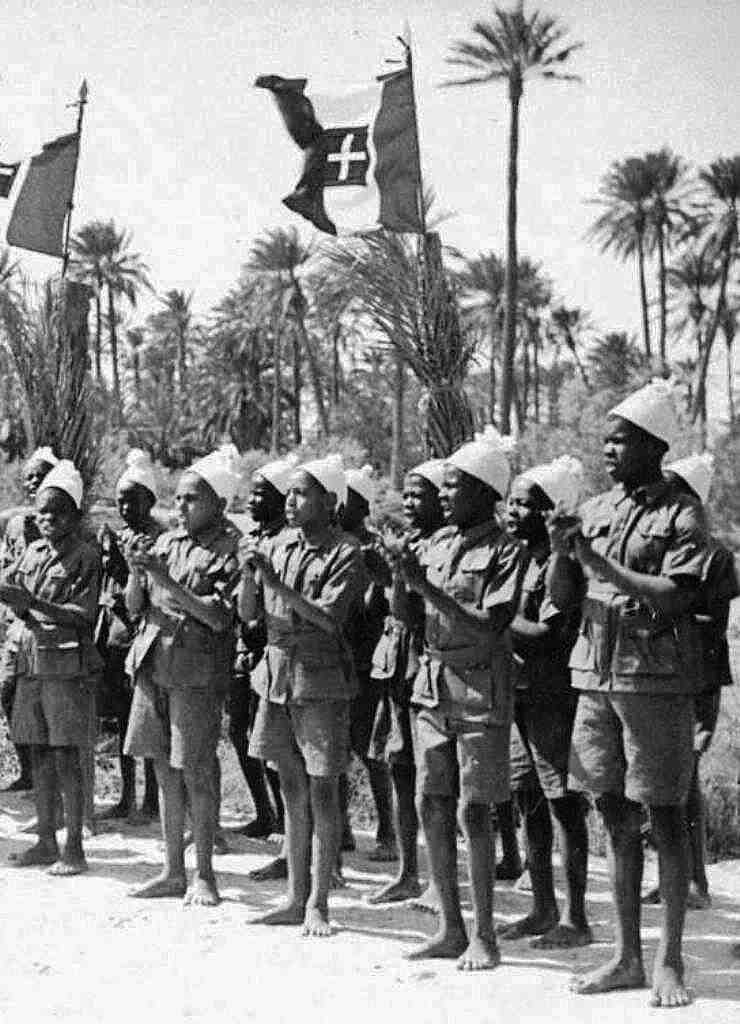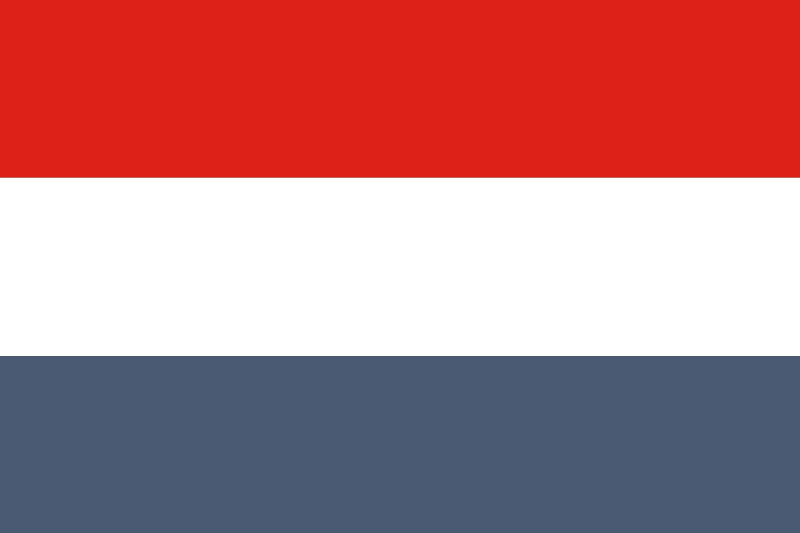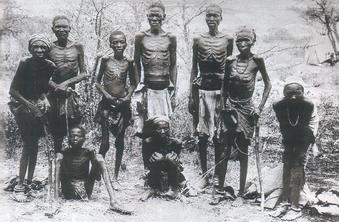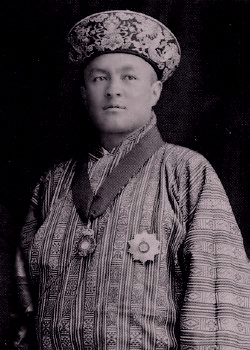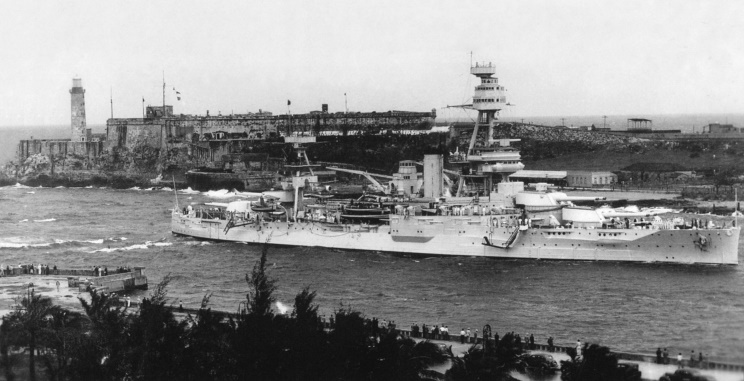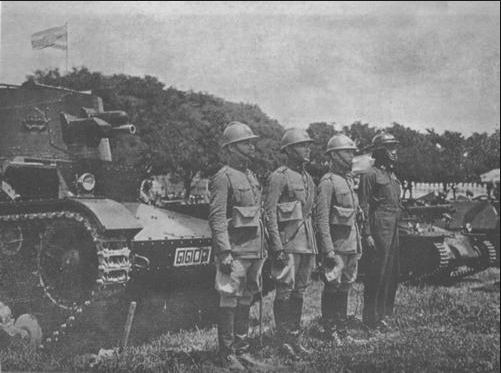Chapter 742: Caribbean Islands during the Battle for the Caribbean
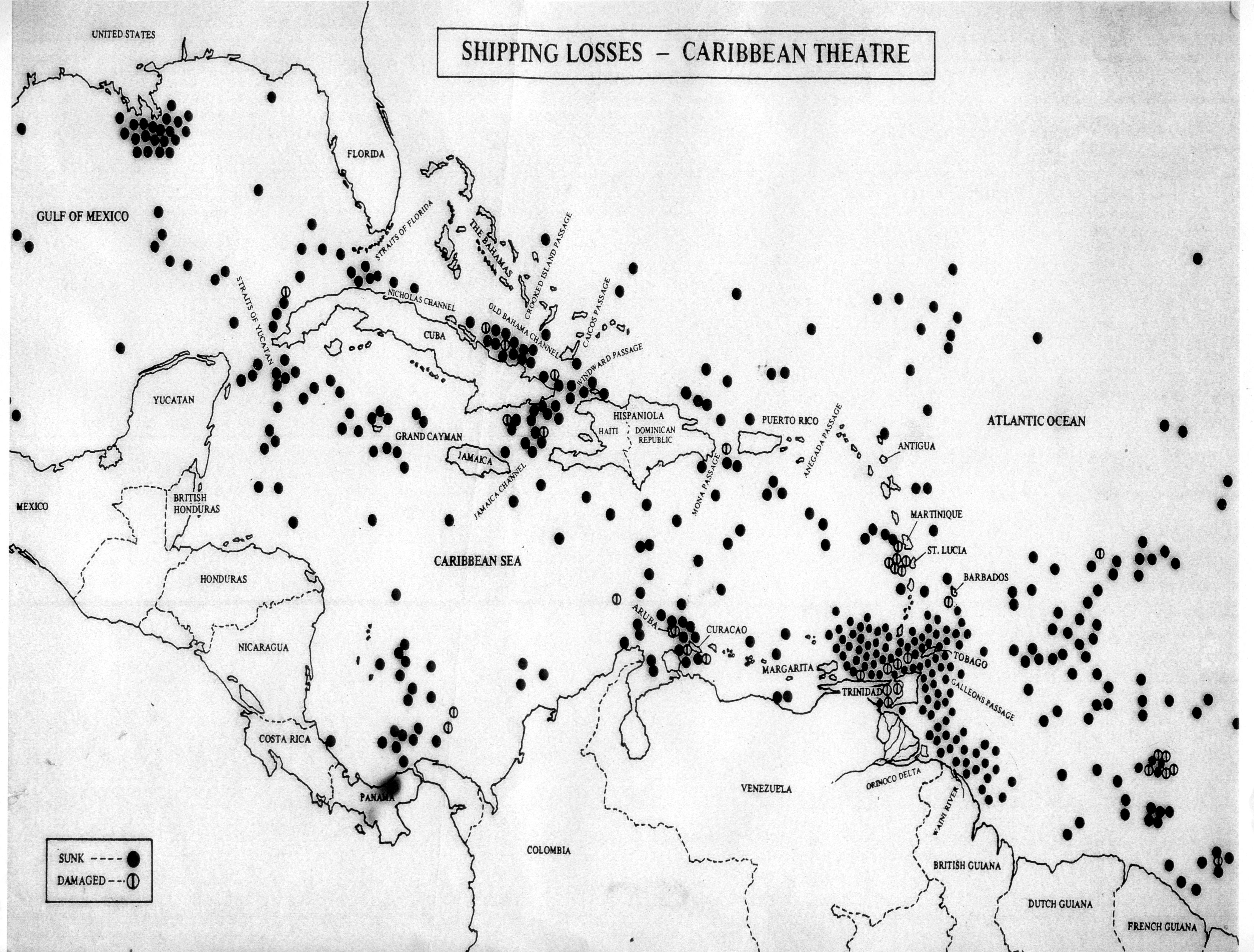
Over the course of the Second Great War, the United States assumed Britain's defense responsibilities in the Caribbean. In September 1940, the two countries agreed to the Lend-Lease Agreement (known as the Bases-for-Destroyers Agreement). It involved the loan of American destroyers in return for leasing, rent free for ninety-nine years, eleven naval and air bases on British territory, including the Bahamas, Jamaica, Antigua, St. Lucia, Trinidad and Tobago, British Guiana, and Bermuda, as well as Newfoundland. The eastern Caribbean became the forward edge of American defense strategy, formalized in the Panama Declaration of 1939. American strategists called the West Indies as "the bulwark that we watch." More than 50 percent of the supplies sent to Europe and Africa from the United States were shipped from ports in the Gulf of Mexico and passed through the Caribbean. In 1942, the United States Caribbean Defense Command reached a total of 119,000 personnel, half of them stationed in Panama to protect the canal from another anticipated Japanese attack. Meanwhile, the German High Sea Fleet, the Imperial French Fleet, the Royal Italian Navy and the Royal Spanish Navy inflicted massive damage on shipping in the Caribbean in 1942. By the end of that year, U-boats, auxiliary cruisers and armed transport ships, as well as cruisers, destroyers, battleships, carriers and aircraft carriers of the Axis Central Powers operating in the Caribbean had sunk 483 ships, at least half of which were oil tankers. Parts of the Caribbean had been colonized by countries that now came under Axis Central Powers occupation, or switched sides to ally with the Axis Central Powers. Aruba and Curaçao remained loyal to the Dutch government-in-exile, but because they housed valuable refineries that processed Venezuelan petroleum, they were placed under British protection. Both islands were subjected to German attacks in Operation Neuland. In 1942 they were transferred to the United States, which had also occupied the Dutch Colony of Surinam and French Guiana in 1941 to secure its bauxite mines and prevent any attacks on nearby British Guiana or also nearby oil producing Venezuela that was important to the Allied oil supplies and transport routes to the African Theatre and Front.
Martinique and Guadeloupe came under the control of Fascist France, the later Royal France or Imperial France. At the same time the Americans, British, Free France and some local governments feared the German, Italian, French or Spanish minorities in some of their countries like Argentina, America, Brazil and Uruguay, as well as Dutch, French and Spanish former colonies or large local ethnic groups of those and other Axis Central Powers countries as well, as there was no way for the Allies or local government to know for sure if any of these ethnic groups, or even their own citizens and populations harbored any sympathies and support for the Axis Central Powers, or even worked as spies, informants and saboteurs for the Axis Central Powers, similar how on the Pacific Coast the governments and militarizes that remained neutral or had joined the Allies in Mexico, Columbia, Ecuador, Peru, Bolivia and Chile feared ethnic minorities of the Co-Prosperity Sphere like Japanese, Chosen/ Koreans, Chinese (of all ethnics), Siamese/ Thai, Vietnamese, Cambodians, Burmese as well as many kinds of Indian and Southeast Asia ethnic groups as well. One of the major Allies accomplishments was the fact that the American and British pressure ensured that several French ships, including its only aircraft carrier, Béarn, remained interned at Martinique, so that they could not make contact to the Axis Central Powers or directly support their operations in the Caribbean. At the same time thousands of refugees fled, many going to Dominica, while an anti-Imperial French and anti-Axis Central Powers movement grew. Many of this islands, North American and South American territories however switched their allegiance to their own Governments-in-Exile, or outright the Allies. That naturally meant that after the End of the Second Great War in 1944 the Axis Central Powers that claiming these colonies, or desired their own ones in the Caribbean returned, this time without much American or British Naval Powers opposing their ambitions.

Over the course of the Second Great War, the United States assumed Britain's defense responsibilities in the Caribbean. In September 1940, the two countries agreed to the Lend-Lease Agreement (known as the Bases-for-Destroyers Agreement). It involved the loan of American destroyers in return for leasing, rent free for ninety-nine years, eleven naval and air bases on British territory, including the Bahamas, Jamaica, Antigua, St. Lucia, Trinidad and Tobago, British Guiana, and Bermuda, as well as Newfoundland. The eastern Caribbean became the forward edge of American defense strategy, formalized in the Panama Declaration of 1939. American strategists called the West Indies as "the bulwark that we watch." More than 50 percent of the supplies sent to Europe and Africa from the United States were shipped from ports in the Gulf of Mexico and passed through the Caribbean. In 1942, the United States Caribbean Defense Command reached a total of 119,000 personnel, half of them stationed in Panama to protect the canal from another anticipated Japanese attack. Meanwhile, the German High Sea Fleet, the Imperial French Fleet, the Royal Italian Navy and the Royal Spanish Navy inflicted massive damage on shipping in the Caribbean in 1942. By the end of that year, U-boats, auxiliary cruisers and armed transport ships, as well as cruisers, destroyers, battleships, carriers and aircraft carriers of the Axis Central Powers operating in the Caribbean had sunk 483 ships, at least half of which were oil tankers. Parts of the Caribbean had been colonized by countries that now came under Axis Central Powers occupation, or switched sides to ally with the Axis Central Powers. Aruba and Curaçao remained loyal to the Dutch government-in-exile, but because they housed valuable refineries that processed Venezuelan petroleum, they were placed under British protection. Both islands were subjected to German attacks in Operation Neuland. In 1942 they were transferred to the United States, which had also occupied the Dutch Colony of Surinam and French Guiana in 1941 to secure its bauxite mines and prevent any attacks on nearby British Guiana or also nearby oil producing Venezuela that was important to the Allied oil supplies and transport routes to the African Theatre and Front.
Martinique and Guadeloupe came under the control of Fascist France, the later Royal France or Imperial France. At the same time the Americans, British, Free France and some local governments feared the German, Italian, French or Spanish minorities in some of their countries like Argentina, America, Brazil and Uruguay, as well as Dutch, French and Spanish former colonies or large local ethnic groups of those and other Axis Central Powers countries as well, as there was no way for the Allies or local government to know for sure if any of these ethnic groups, or even their own citizens and populations harbored any sympathies and support for the Axis Central Powers, or even worked as spies, informants and saboteurs for the Axis Central Powers, similar how on the Pacific Coast the governments and militarizes that remained neutral or had joined the Allies in Mexico, Columbia, Ecuador, Peru, Bolivia and Chile feared ethnic minorities of the Co-Prosperity Sphere like Japanese, Chosen/ Koreans, Chinese (of all ethnics), Siamese/ Thai, Vietnamese, Cambodians, Burmese as well as many kinds of Indian and Southeast Asia ethnic groups as well. One of the major Allies accomplishments was the fact that the American and British pressure ensured that several French ships, including its only aircraft carrier, Béarn, remained interned at Martinique, so that they could not make contact to the Axis Central Powers or directly support their operations in the Caribbean. At the same time thousands of refugees fled, many going to Dominica, while an anti-Imperial French and anti-Axis Central Powers movement grew. Many of this islands, North American and South American territories however switched their allegiance to their own Governments-in-Exile, or outright the Allies. That naturally meant that after the End of the Second Great War in 1944 the Axis Central Powers that claiming these colonies, or desired their own ones in the Caribbean returned, this time without much American or British Naval Powers opposing their ambitions.


